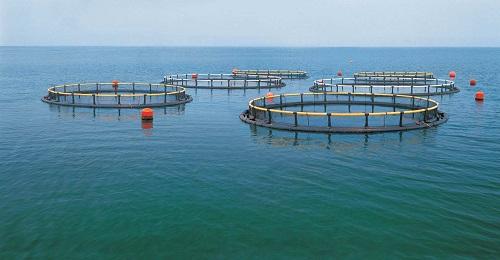Water quality monitoring is one of the basic tools for protecting water resources. The results of water quality monitoring are often expressed in terms of data. Water quality monitoring is the basis for scientific research on water resources protection. If a large amount of water quality monitoring data is collected over a long period of time, it is possible to study the sources, distribution, migration and changes of pollutants and to predict water pollution trends.
Turbidity of water quality monitoring is an expression of the optical properties of water, used to indicate the degree of water clarity and turbidity, is one of the important indicators to measure the degree of good water quality, but also to evaluate the efficiency of water treatment equipment purification and evaluation of the status of water treatment technology is an important basis.
Decrease in turbidity means that the water organic matter, bacteria, viruses and other microorganisms to reduce the content, not only to improve the effect of disinfection and sterilization, but also to help reduce the amount of halogenated organic matter generation. The occurrence of water odor is mainly the presence of organic matter, which may be a manifestation of increased biological activity or may be caused by industrial pollution. Changes in the normal odor of the public water supply may be a sign of changes in raw water quality or inadequate water treatment.
1.Water quality monitoring protects the ecology of water sources from the regulatory level
Water quality monitoring is important for increasing the basis for government regulation and effectively curbing related pollution. The behavior of water quality monitoring can play a significant deterrent effect on the form of "loopholes" risky behavior. Therefore, water quality monitoring is not only a technical unit that provides monitoring and analyzing data for water resources protection, but also an effective management unit for water pollution control.
2.Water quality monitoring contributes to scientific research
The rational development and utilization of water resources, the effective protection of water resources and governance programs are gradually carried out under the guidance of scientific research results. People according to a large number of limited scientific knowledge to guide the utilization of water resources, in a certain period of time is relatively scientific, but due to the constraints of scientific development, there are certain limitations.
Therefore, the development of water science and scientific research needs to be continuously deepened, excavated and discovered. Scientific research and development cannot be separated from the follow-up investigation and analysis of actual problems, and a large number of scientifically authentic water quality monitoring results can effectively contribute to the research and development of water science.
Water is the source of life, human beings in life and production activities are inseparable from water, the quality of drinking water is closely related to human health. With the development of social and economic, scientific progress and people's living standards, the quality of drinking water requirements continue to improve, drinking water quality standards have been developed and improved accordingly. The formulation of drinking water quality standards is related to people's living habits, culture, economic conditions, the level of scientific and technological development, water resources and the current situation of water quality and other factors.
Water has a wide range of uses. Wherever there is water, there is life. The human body and most plants and animals are made of water. Water is a very important and active element in the natural and social environment:Living things need water intake to grow, industrial production needs water, even transportation and landscapes need water. Water is constantly moving, in living things, in the soil, in factories, making the world come alive.
Dirt is carried away by the current, diluted, dissolved and purified by nature, and the environment and ecology are balanced. However, changes in the quality and quantity of water resources can also cause great disharmony. Water quality monitoring is very important for the overall water environment protection, water pollution control and maintenance of the health of the water environment. Therefore, the monitoring and control of water resources must be strengthened to contain such disharmony in the cradle.
